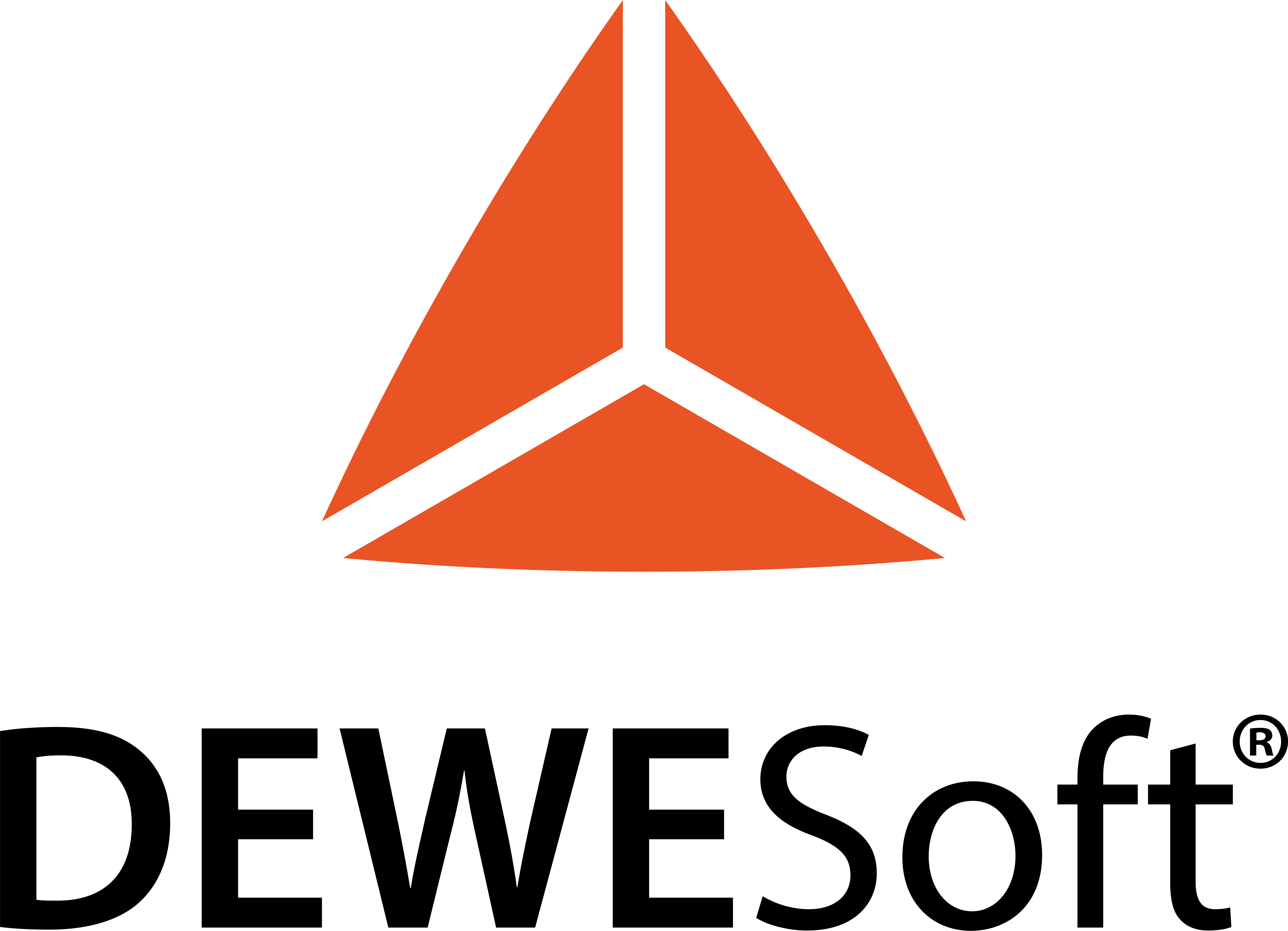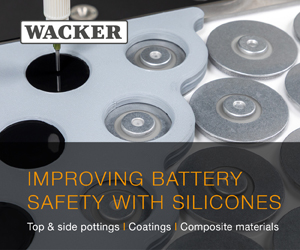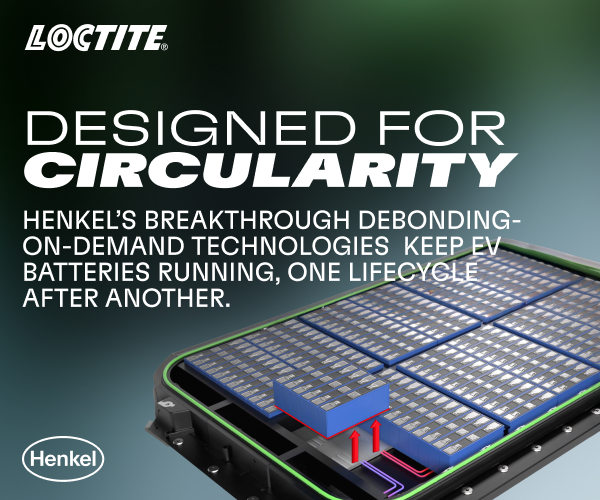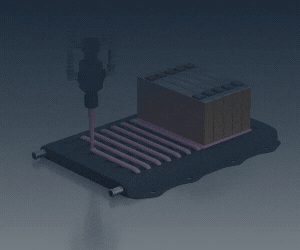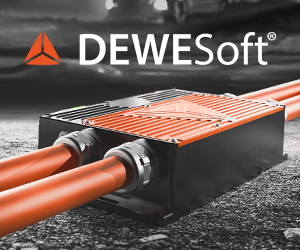Overmould rib process for electric aircraft
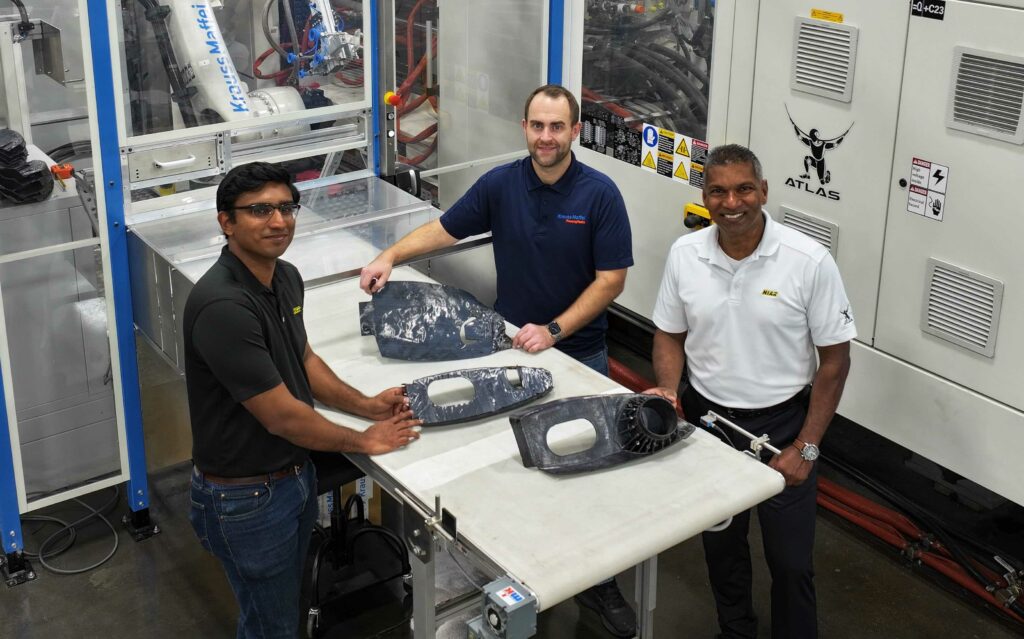
The National Institute for Aviation Research (NIAR) at Wichita State University has developed a thermoplastic rib structure to simplify the manufacture of eVTOL systems, writes Nick Flaherty.
The fully automated hybrid thermoforming and injection overmoulding process cuts production time from 100 hours to two minutes, marking a major breakthrough in aerospace manufacturing efficiency. By integrating two key polymer processing techniques, the process enables production of high-performance, lightweight components with greater design flexibility and cost efficiency.
The development was part of the Air Force Research Laboratory’s Manufacturing for Affordable Sustainable Composites programme led by NIAR’s Advanced Technologies Lab for Aerospace Systems (ATLAS) with eVTOL maker Joby Aviation, together with Toyota, KraussMaffei, Victrex and Prospect.
“This was a particularly challenging component, traditionally machined from a metal billet in a process that removes over 80% of the material and takes more than 100 hours to complete,” says Dr. Waruna Seneviratne, director of NIAR ATLAS. “In contrast, the thermoplastic part was formed from a flat thermoplastic organosheet in under two minutes. The expertise of each partner was instrumental in achieving this success.
“These advancements underscore the potential of automotive-matured overmoulding technology for high-rate production of both primary and secondary aircraft structures,” says Seneviratne.
The project has also expanded its collaboration to include Fill Engineering, aiming to develop a fully integrated manufacturing cell for rib structure production. This incorporate material preparation, tape-laying, ultrasonic tack welding, consolidation, organosheet trimming and overmoulding. The production cell is scheduled for commissioning at NIAR in autumn 2025.
Last year, NIAR researchers collaborated with KraussMaffei to develop a thermoplastic overmoulded window cover for passenger-to-cargo conversions that can be produced in just 90 seconds. The resulting component was 20–30% lighter and cost half as much as its metal counterpart.
Click here to read the latest issue of E-Mobility Engineering.
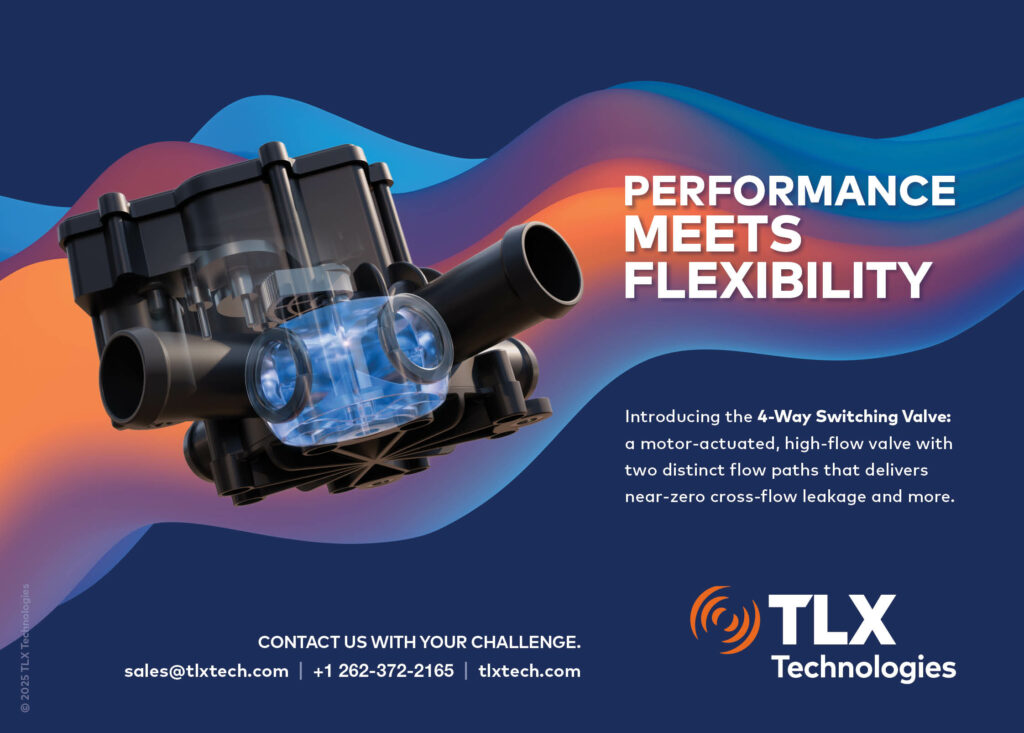
ONLINE PARTNERS



